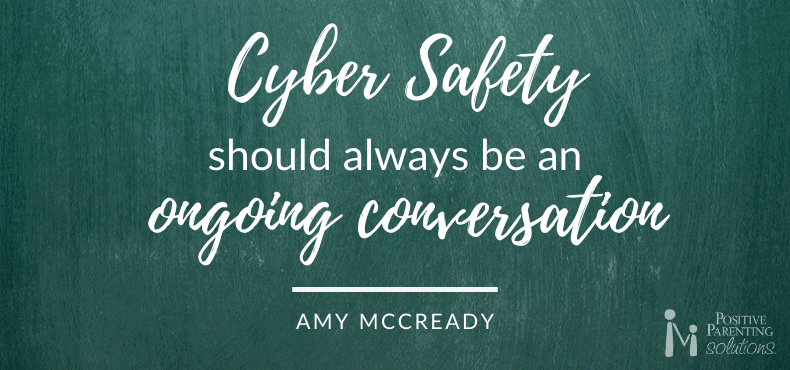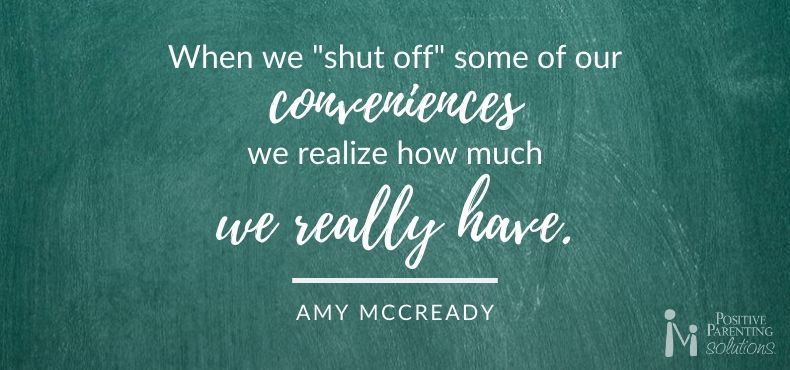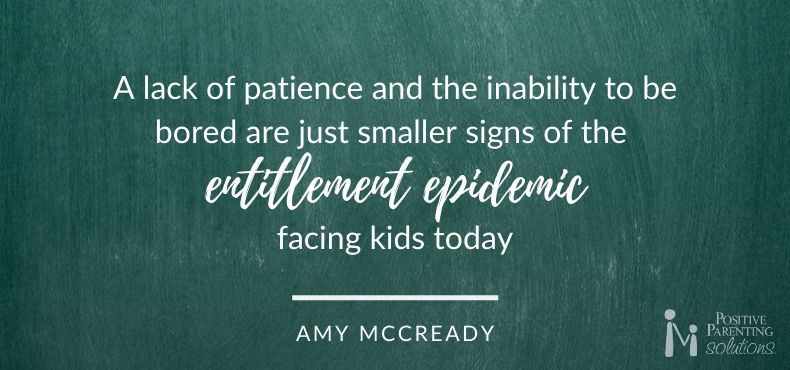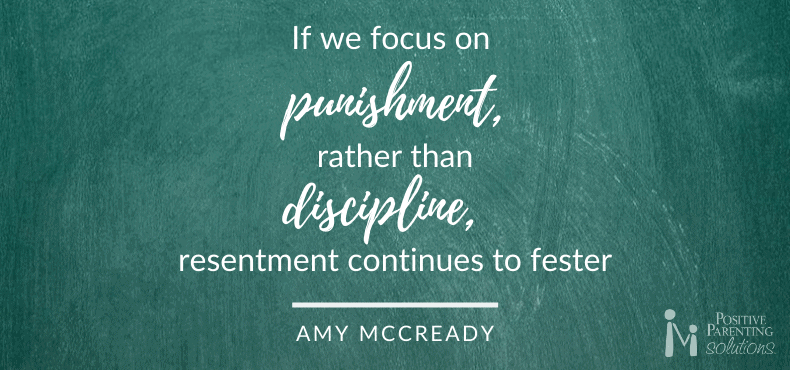


Your heart ached for your newborn baby as you paced her nursery in the middle of the night, desperately trying to calm her colicky cries.
You choked back tears and held her hand as the nurse administered her vaccinations.
You cried freely, wrapping her in your warm embrace the first time she came to you with a broken heart.
As a parent, there is nothing more excruciating than having to watch your child suffer. Whether that pain be physical, mental, or emotional, the ache is real, and you would do anything to make it better.
Of course, you can kiss away boo-boos and mend cuts and scrapes, but what about the invisible pain your child may be subjected to?
In all my years as a parenting educator, there’s one topic in particular that breaks the hearts of parents everywhere– bullying.
In addition to causing long-term problems, bullying can have a tremendously negative impact on a child’s mental health and well-being. Children who are bullied are more likely to experience depression, anxiety, health concerns, and struggle academically.
Of course parents are concerned!
Still, times are changing. Through the use of technology and social media, we are more connected now than ever before–which can be a wonderful thing! However, with this technological shift comes a change in how we interact with one another and how our kids do, too.
There was a time when bullying never left the confines of the school playground. Today, however, those borders no longer exist.
Now, kids carry their bullies around inside their pockets, bringing them along wherever they go. Smartphones, tablets, and laptops have paved the way for a new form of bullying known as cyberbullying.
Though similar to regular bullying, cyberbullying takes the trauma one step further by allowing aggressors to follow the victim wherever they go. No longer are kids only facing harassment from their classmates during school hours. Virtually anyone, anywhere, anytime can bully another person by simply jumping on the Internet or using a cell phone.
Just a couple years ago, the suicide of 15-year-old Phoebe Prince left the country in shock when it was discovered that the young girl had been relentlessly harassed and tortured online and by phone. This sparked a conversation around the dangers of cyberbullying that is still ongoing, especially considering the amount of time kids spend on mobile devices.
Most youth spend about seven and a half hours each day tethered to their devices. These kinds of numbers can be enough to make any parent nervous. But the truth is, technology isn’t going anywhere–and that’s not a bad thing!
Instead of living in fear of technology, have a conversation with your kids about the risks associated with technology and the effects of cyberbullying.
Not sure where to begin? Here are a few suggestions on how you can talk to your kids about cyberbullying today.
Note: For Positive Parenting Solutions Members, please see the Expert Series, “Bullying.”
Open the Discussion
Your fingers nervously tap against the steering wheel as your son gets into the car after school. You’ve seen it on the news and read about it in the paper; cyberbullying is at an all-time high for kids your son’s age.
Today’s the day you decide to talk with him about it.
Of course, getting your son to talk about, well, anything really, can be as painful as pulling teeth. But this is one discussion you know has to be had. And you’re the only one who can start the conversation.
You decide it’s best to just dive right in. “I’ve heard a lot about cyberbullying lately. It seems like a real problem for kids your age. What do you know about cyberbullying?”
He simply shrugs.
“Do you know anyone who has been cyberbullied?” you ask.
Again, he says nothing. You knew this would be difficult, but he’s not saying anything.
So what do you do?
As awkward as it may feel, try to keep the conversation going without being too pushy. You’ll want to keep your initial questions vague, not focusing on him directly.
Even if he stays silent, let him know you are always there for him, no matter what. Assure him he can come to you with any problem and you will discuss it free of judgment or shame.
This is a tough conversation–especially if your son happens to be the victim of cyberbullying. By opening the discussion in a non-threatening manner, you can pave the way for more in-depth conversations down the road once trust has been established.

State the Ground Rules
You take a deep breath as you sit down at the kitchen table with your thirteen-year-old daughter. Her brand new cell phone is clutched in your palm.
“Before I give this to you, we need to go over some ground rules,” you say.
Her eyes roll to the top of her head. You expected nothing less, but still, it hurts. She simply doesn’t get it. She has no idea the power this tiny device can possess.
Despite her attitude, you push on, knowing it’s for the best.
“Having a smartphone is a privilege for you to enjoy, not a right. I must know all of your passwords, I can check in at any time, and it must be turned off before bedtime.”
Though she’s not exactly pleased with the rules, your daughter accepts, knowing this is what it takes to earn a privilege she so desperately wants.
When it comes to preventing cyberbullying, setting the ground rules early, and stating them often, is critical.
How much time will she be allowed on her devices? What are her passwords and login information? Does she know about proper online etiquette?
Is your child already well acquainted with their smartphone and tablet? No need to worry! It’s never too late to implement some ground rules.
Please Note: For Positive Parenting Solutions members, check out the advanced module Family Technology Survival Plan to learn the top 7 technology mistakes you might be making and the secrets to the Family Technology Contract and how to stick with it.
Treat Them as Adults
“Stop treating me like a baby! I’m practically an adult.”
You’ve heard these words from your teenage son more times than you care to mention. Usually you respond with the cliché comeback, “I’ll start treating you like an adult when you start acting like one!”
But not today. Instead you simply say, “Wish granted.”
Over the past few months you’ve noticed your son becoming more and more absorbed by social media. When he’s not checking his phone for the latest fantasy football update, he’s on his computer scrolling through Instagram.
Now is truly the time to treat him as an adult.
Because like it or not, his online life exists in a world where many of the consequences for his actions lie outside the realm of your control. You can’t fully protect him, and that worries you.
So what do you do? Begin the conversation.
Let him know that just as in “real” life, there are laws and regulations governing cyberspace. Many things that may seem harmless online could potentially be considered criminal. What he feels may qualify as a harmless prank on a fellow classmate could be considered harassment and is punishable by law just as it would be in person.
Also, make it clear that what he puts online is public record and can follow him for the rest of his life, especially when it comes to college admissions and future career opportunities. There’s no need to sugar coat it–privacy doesn’t exist online.
The fact is, real-world consequences exist online. Because of that, the use of technology and social media comes with an adult-sized dose of responsibility. Therefore, having an adult conversation is not just important, it’s essential.
Emphasize Safety
From the moment you brought her home from the hospital, your daughter’s safety has been your number one concern. You installed every baby gate, purchased the highest quality bicycle helmets, and never let her ride in a car without a seatbelt.
Now here you stand, facing an entirely new threat as you hand over her first smartphone.
You know it’s time. Between all of the after-school activities and weekend sleepovers, you find comfort in knowing she’s just a call away. But you also understand the risk and want her to understand it as well.
But how do you initiate the conversation?
To start, make sure she knows her worth. Tell her, “You have a right to be treated safely, both in person and online, no matter what.”
When you do this, you’ll find an amazing thing happens. You empower her! And the more empowered she feels now, the more likely she’ll be to disengage from anyone that tries to make her feel differently later.
Next, let her know which steps you’re taking in order to ensure she stay safe online. Perhaps you’ve enabled software that prohibits anything inappropriate from popping up or you insist on knowing all of her social media passwords.
This isn’t an excuse to be snoopy. You simply care about her enough to put forth the effort to ensure she stays safe.
Finally, talk to her about the risks. How much does she know about cyberbullying? Does she know who to go to for help?
Above all else, just remember, cyber safety is–and always should be–an ongoing conversation. Normalizing the issue now will help make sure that safety online is always at the forefront of her mind.

Encourage Empathy
Your son has always had a chip on his shoulder. He’s the captain of the football team, a straight-A student, and friends with just about everyone.
You love that about him but often wonder: His life is just so easy. Does he know that’s not the case for everyone?
Empathy. It’s a trait we all want to see in our children.
Though the concept is easy enough, the execution can be difficult, especially for kids whose lives are already complicated enough. They can barely understand their own feelings and now we want them to understand the feelings of others, too?
I know encouraging empathy may seem difficult when parenting young children and teens, especially when they’re still learning emotional control. But, raising empathy-rich children can have a tremendous impact on their lives and the lives of others.
When it comes to cyberbullying, help your child take a walk in another person’s shoes.
Ask them, “How would you feel if someone sent you hateful comments or messages?”
And be sure not to avoid the hard topics. Perhaps they knew someone who, like Phoebe Prince, was pushed to suicide?
“How do you think they felt when they were being bullied?” or “Who could they have reached out to for help?”
Allowing your child to truly identify with others in that situation decreases the likelihood of them bullying another person. Likewise, it allows them to reflect on their own personal situation. If they are currently being bullied, an exercise in empathy may be just the reminder they need to know they are not alone.
Final Thoughts
At times it can seem as though our world is changing so swiftly we can’t keep up. We may remember the feeling of being bullied as a kid, but the thought of being bullied in a world so deeply encompassed by technology and social media can be hard to imagine.
Take heart! Because, believe it or not, the change is actually not as grand as it may seem. In fact, very little about bullying has changed other than the way it is carried out.
Please don’t skip out on having this very important conversation with your children. You have the knowledge to face this problem head-on!
Still feel like you need a little extra support? Not to worry. We want to be the support you need. The Positive Parenting Solutions course was designed for parents just like you who are looking for tools they can use to help with issues just like these.
You may also JOIN ME FOR A FREE ONLINE CLASS.
Let’s work together to ensure your kids are happy, healthy, and most importantly safe online.























